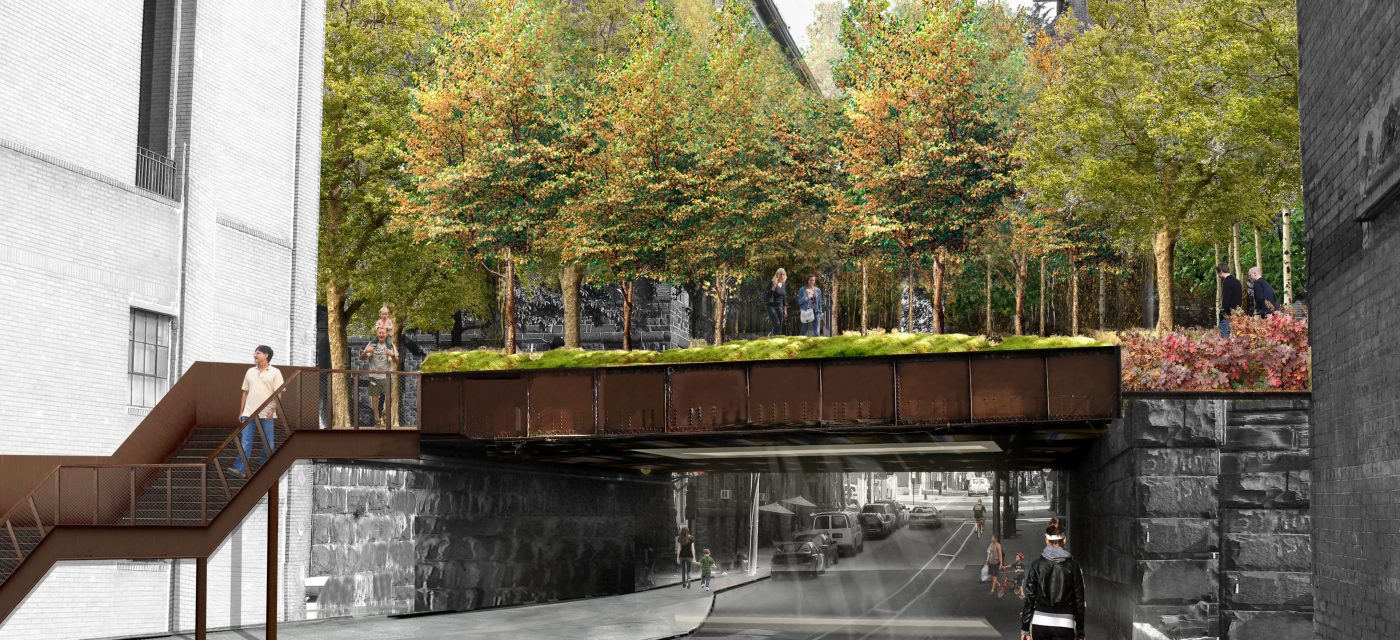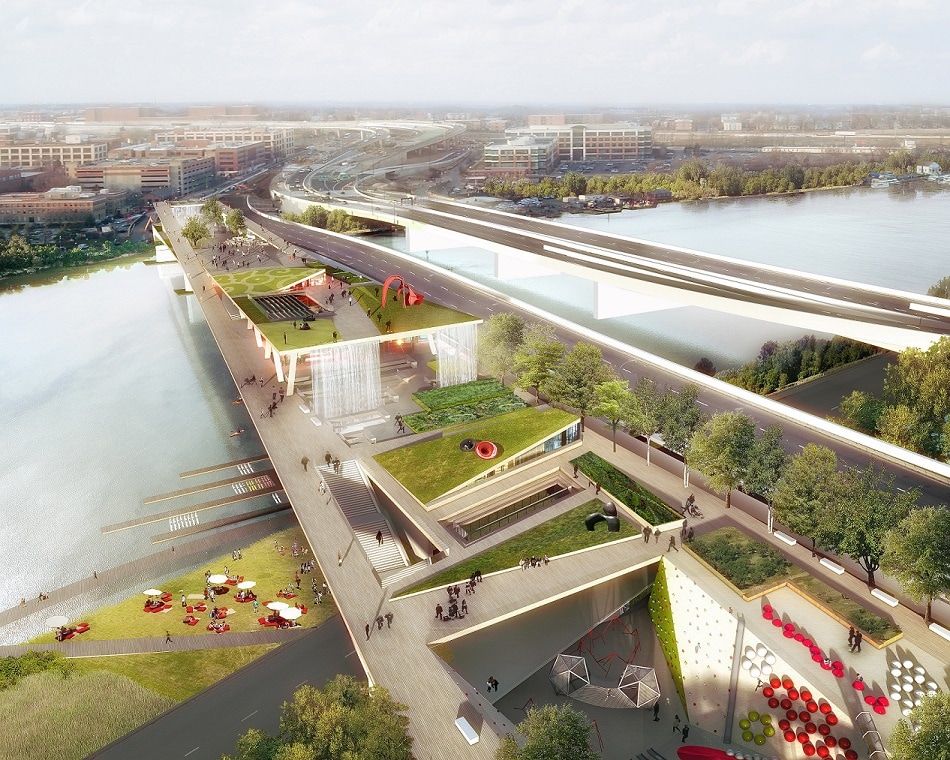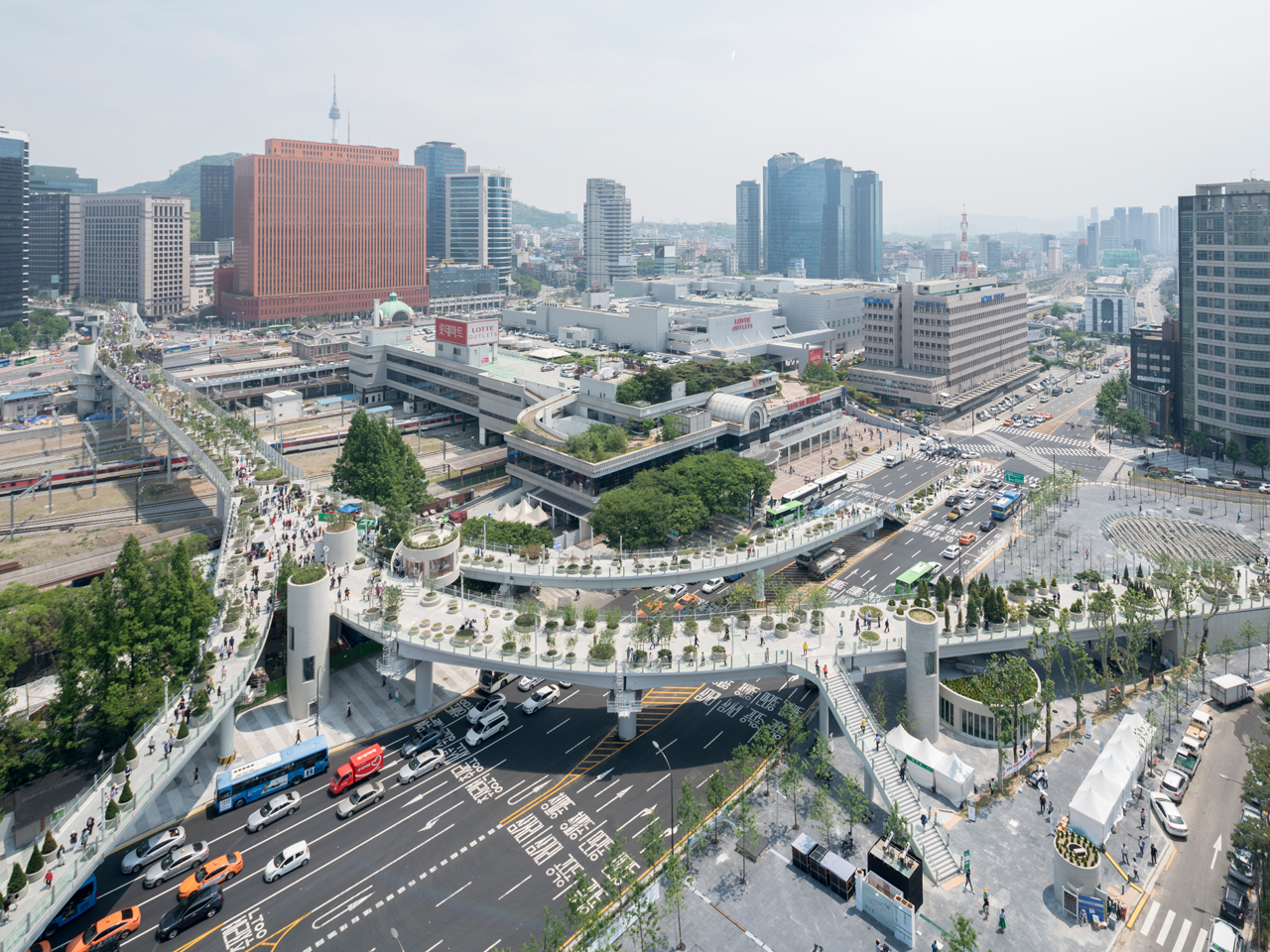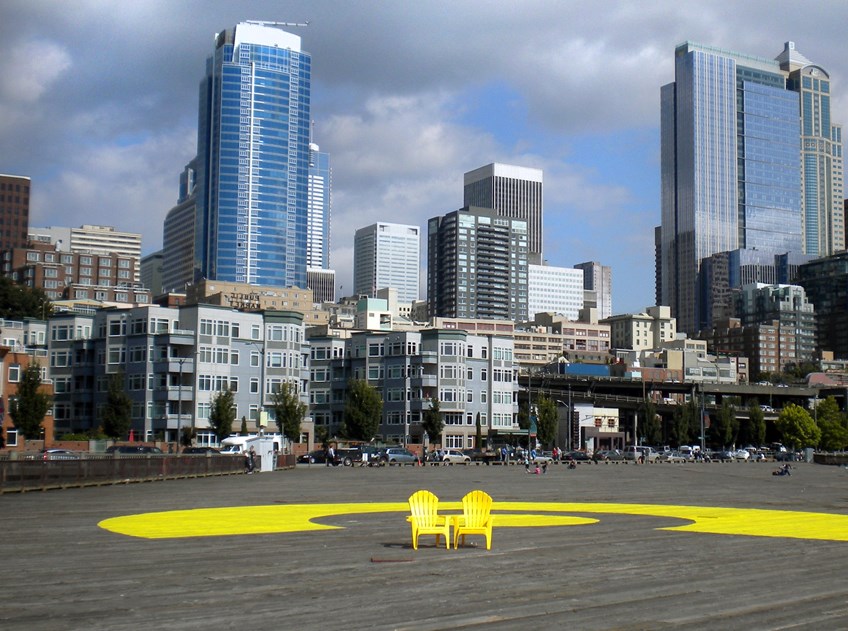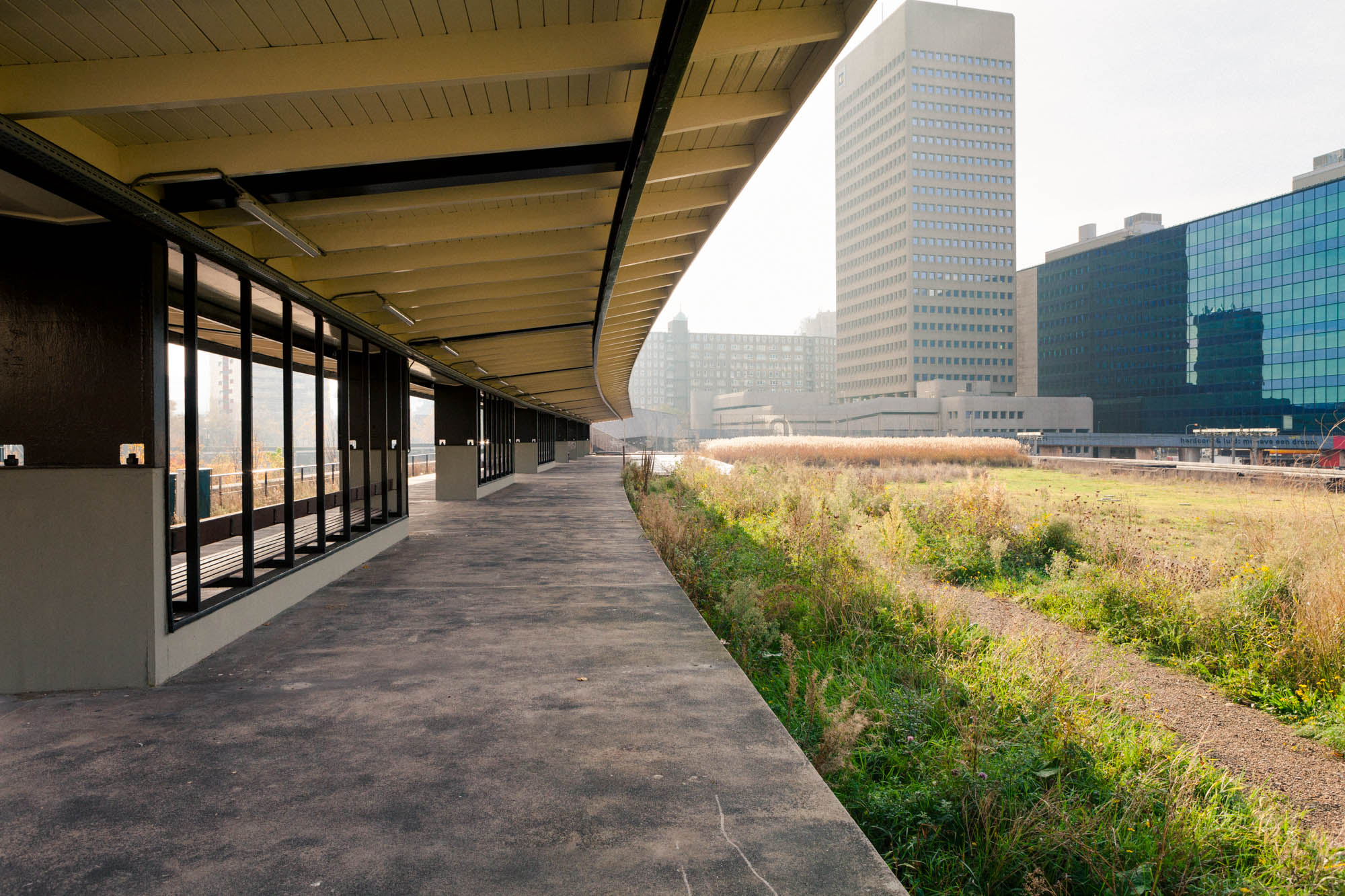7 Rail Lines Around The World That Are Now Public Parks
New York City’s iconic High Line— an elevated pedestrian walkway and park built on an abandoned rail line– has inspired hundreds of cities around the world to innovate their abandoned infrastructure to create more public green spaces for their residents. As urban areas become more populated, and potential space for public parks and gardens shrink, and as a result more cities are turning to creative and unconventional solutions.
In recent years, a number of elevated railroads in various cities have been transformed into walkways, parks, gardens, and pedestrian spaces. Below, we explore some of the most compelling elevated parks and gardens that have recently been built or are currently underway in various cities around the world.
The Rail Park– Philadelphia, Pennsylvania
From above, the Rail Park looks like a wide green river that weaves through the city. When the project is complete, three miles of new park space will span Philadelphia. Construction of the first section of the park, which is 1/4 of a mile long and includes an elevated platform, has already begun and is projected to be complete by 2018. The Rail Park is intended for use by pedestrians and cyclists who want to “leave the city” while staying within it. It will also afford space for locals to host cultural, arts, and wellness-related events.
11th Street Bridge Park– Washington, D.C.
The 11th Street Bridge will span the two sides of the Anacostia River of D.C., the city’s first elevated public park. This recreational bridge, which will be the size of three-foot ball fields, will feature two levels for pedestrians to stroll and relax, as well as garden areas and open space, and waterfalls from the upper level to the first. The architectural plan was chosen through a competition with 40 submissions of proposals. The committee selected the proposal of a collaboration between the Netherlands-based firm Office of Metropolitan Architecture (OMA) and the Philadelphia-based Olin Studio in 2014. The structure is meant to connect the communities on each side of the banks, addressing the economic disparity between the two sides of the river. It and will also contain an amphitheater, hammocks. The park is projected to be open by the end of 2019, and pre-construction began last year.
The 606– Chicago, Illinois
The 606 is a 2.7-mile long converted rail-line that runs through the center of Chicago. The project was inspired by the need to increase the amount of green space in Chicago, particularly the neighborhood of Logan Square. Traffic on the Bloomingdale Line, the former rail-line the 606 is built on, slowed down in the 1990s, turning it into a viable option for a public park. Plans for the project began in 2004, were finalized in June of 2013, and the first phase opened to the public in 2015. The park contains a trail for runners, event spaces, and a pedestrian path.
Skygarden– Seoul, South Korea
In April, the Seoul Skygarden opened on one of the city’s largest abandoned overpasses, a huge pedestrian walkway that weaves through the center of the city. Designed by the Dutch architecture firm MVRDV, the overpass supports a public garden with a path of 24,000 plants and trees organized alphabetically. At night, blue lights fill the whole overpass, wrapping around the hubs of plants that fill the space, so it’s, “as if you’re walking in a cosmos,” MVRDV co-founder Winy Maas said. In total, there are 645 tree pots on the overpass with around 228 species and subspecies. Bridges and stairs connect the overpass to shops and gardens.
Waterfront For All– Seattle, Washington
The Waterfront For All in Seattle, Washington is a 26-block elevated pedestrian walkway, meant to promote environmental sustainability near the waterfront, as well as provide locals and tourists with another way to connect to Elliot Bay. The non-profit Friends of Seattle Waterfront is working in conjunction with the city of Seattle to build this project, which will complement the Elliot Sea Bay, a $4 million initiative to help preserve sea life by building an underground lit corridor sea life can swim through as they make their way to the ocean. The project is expected to be complete by 2022.
Baana– Helsinki, Finland
In 2012, an old railway in Helsinki, Finland was turned into a pedestrian walkway and bicycle lane. It took three years to build Baana and the project now helps promote cycling as a means of transportation throughout the city. Unlike the other pathways, this one is below street level, reconstructed from a 1894 railway for freight trains.
Hofbogen– Rotterdam, the Netherlands
The popular pedestrian walkway known as Hofbogen is filled with restaurants, fashion, and design shops that span 1.2 miles through the city of Rotterdam. The infrastructure was originally built by an electric railway company between 1904 and 1908 in order to connect the Rotterdam Centre, The Hague Centre, and Scheveningen Beach. Service on this train ended in 2010, but the station continued to be a popular hub until the roof of the Hofbogen station was renovated in 2015 (and it only got more popular thereafter).
Check out the gallery below to see more photos from the world’s finest railway parks.



























